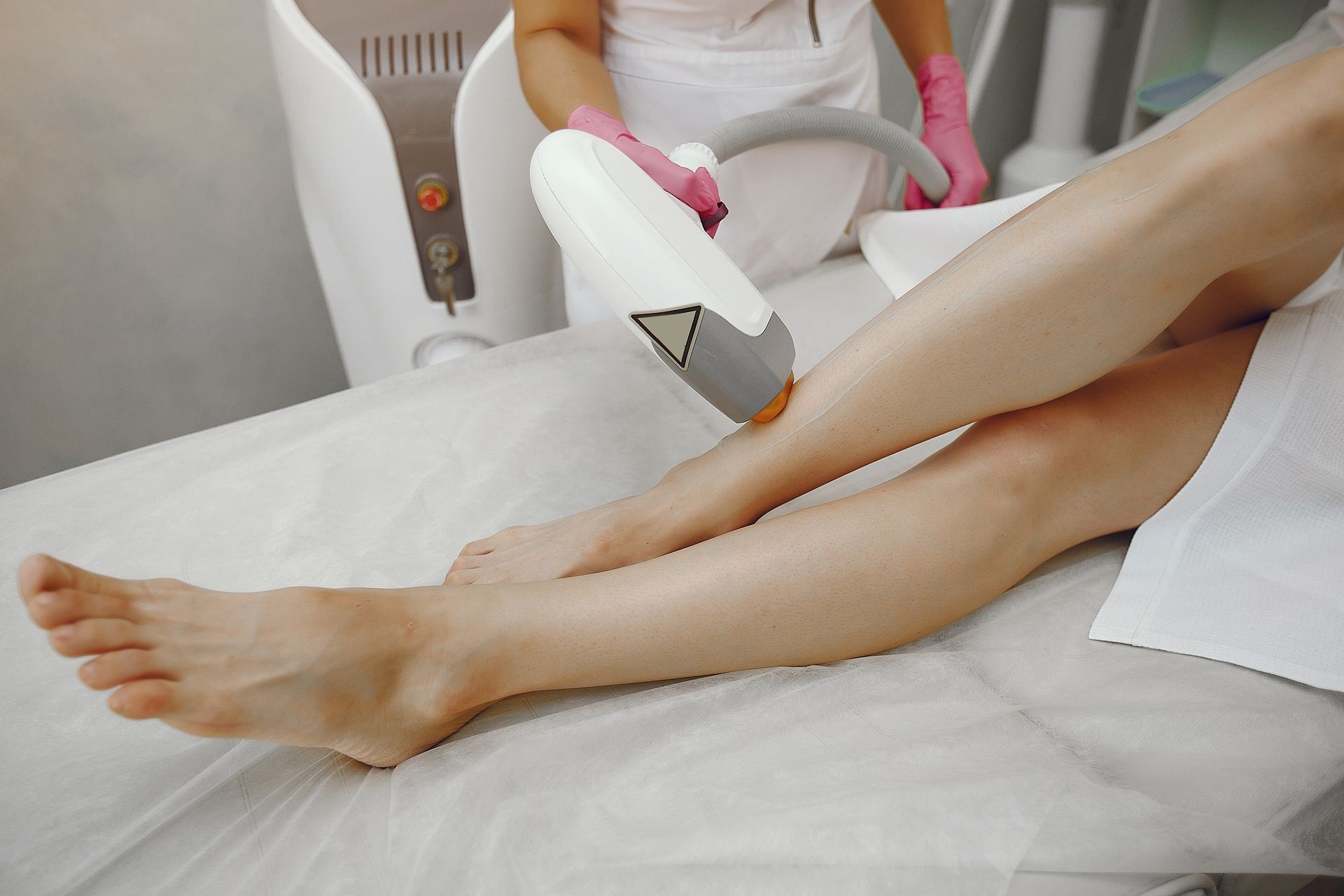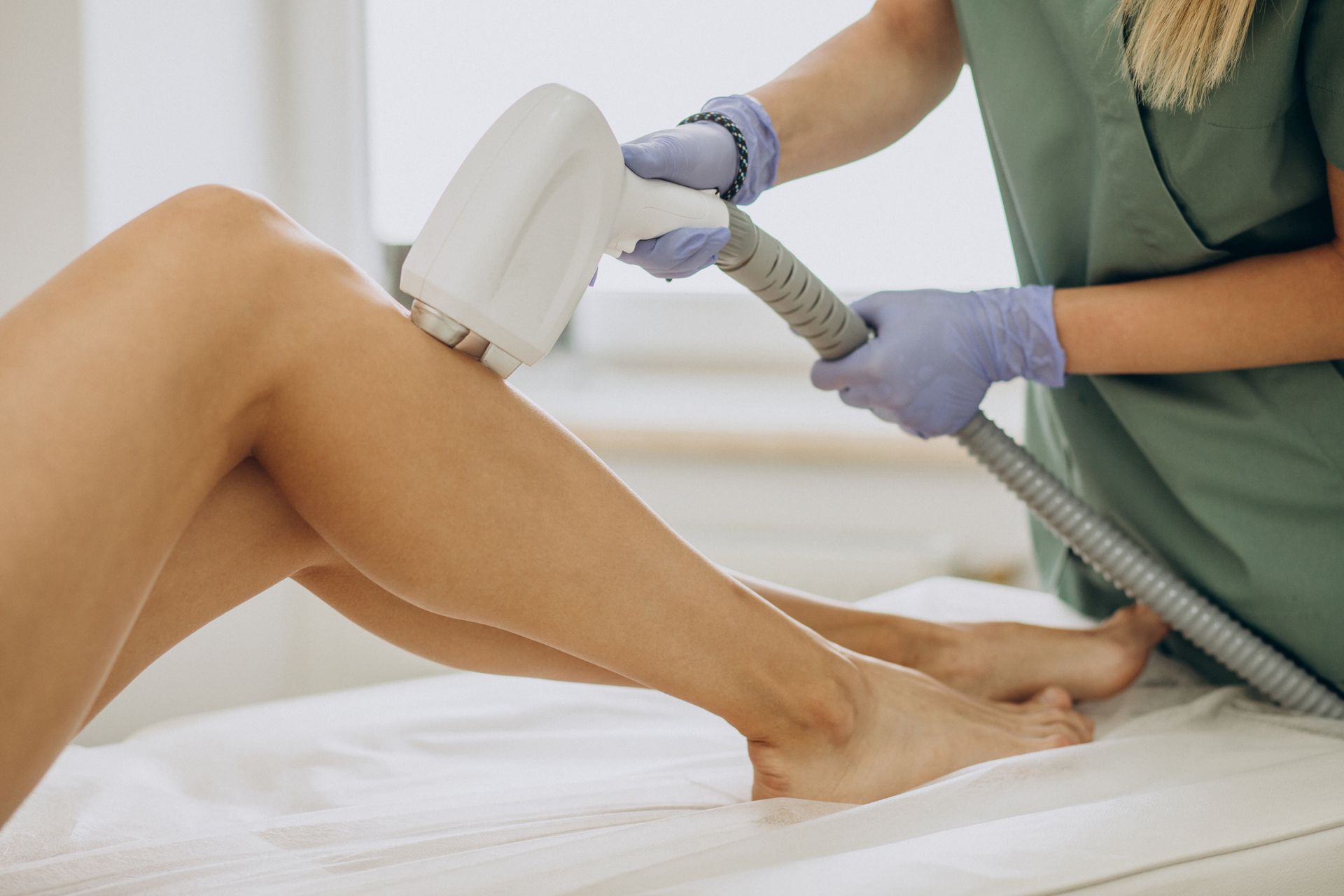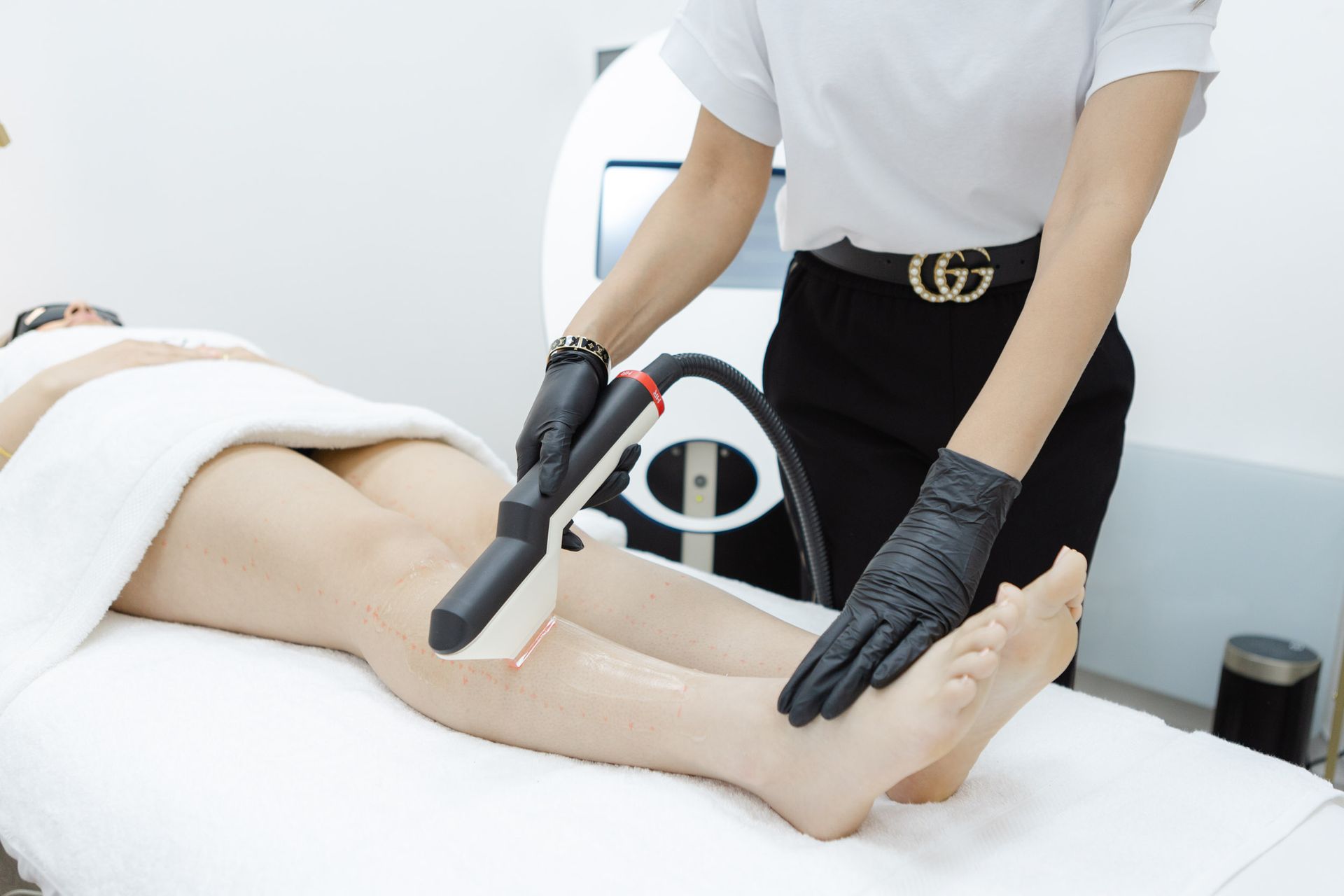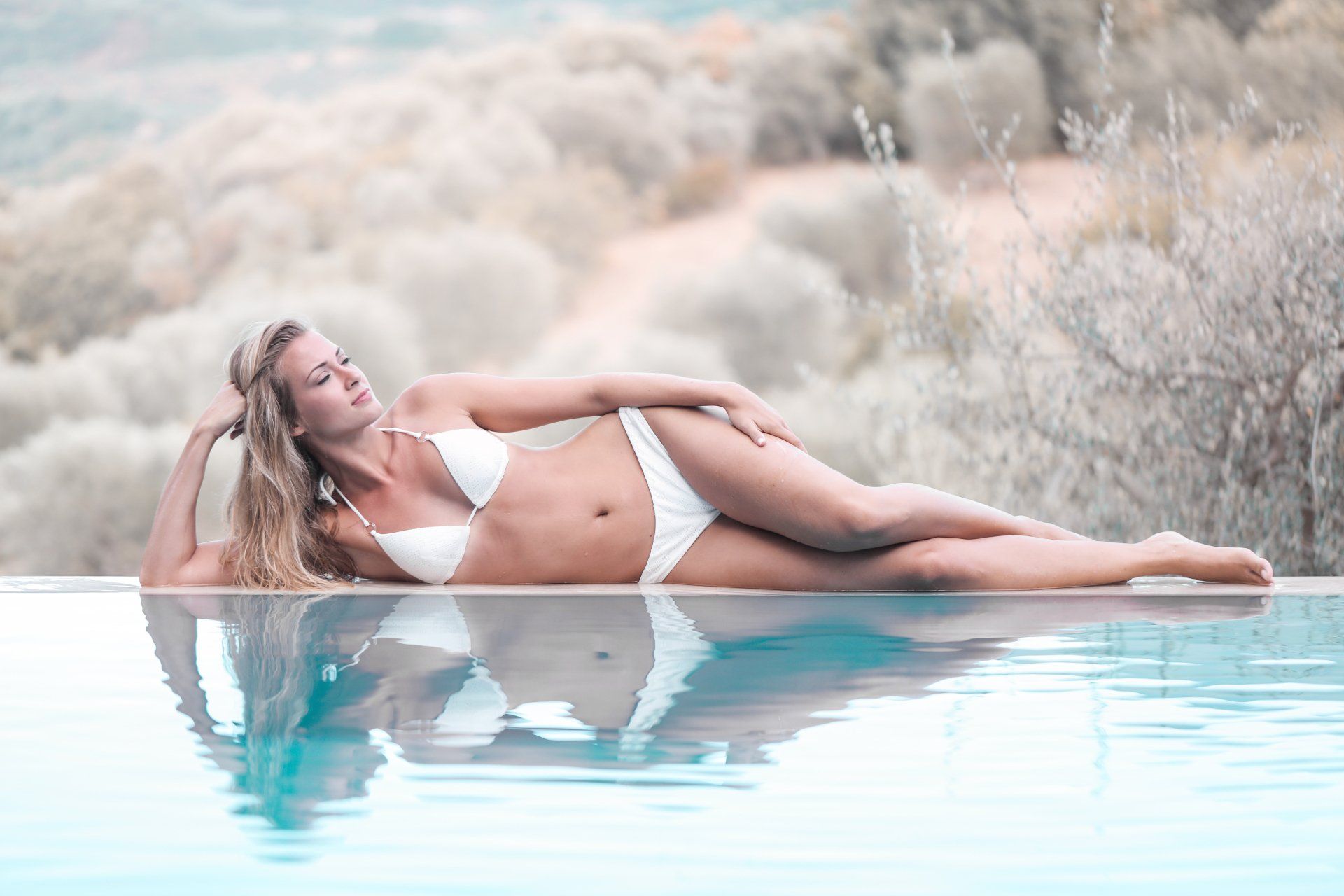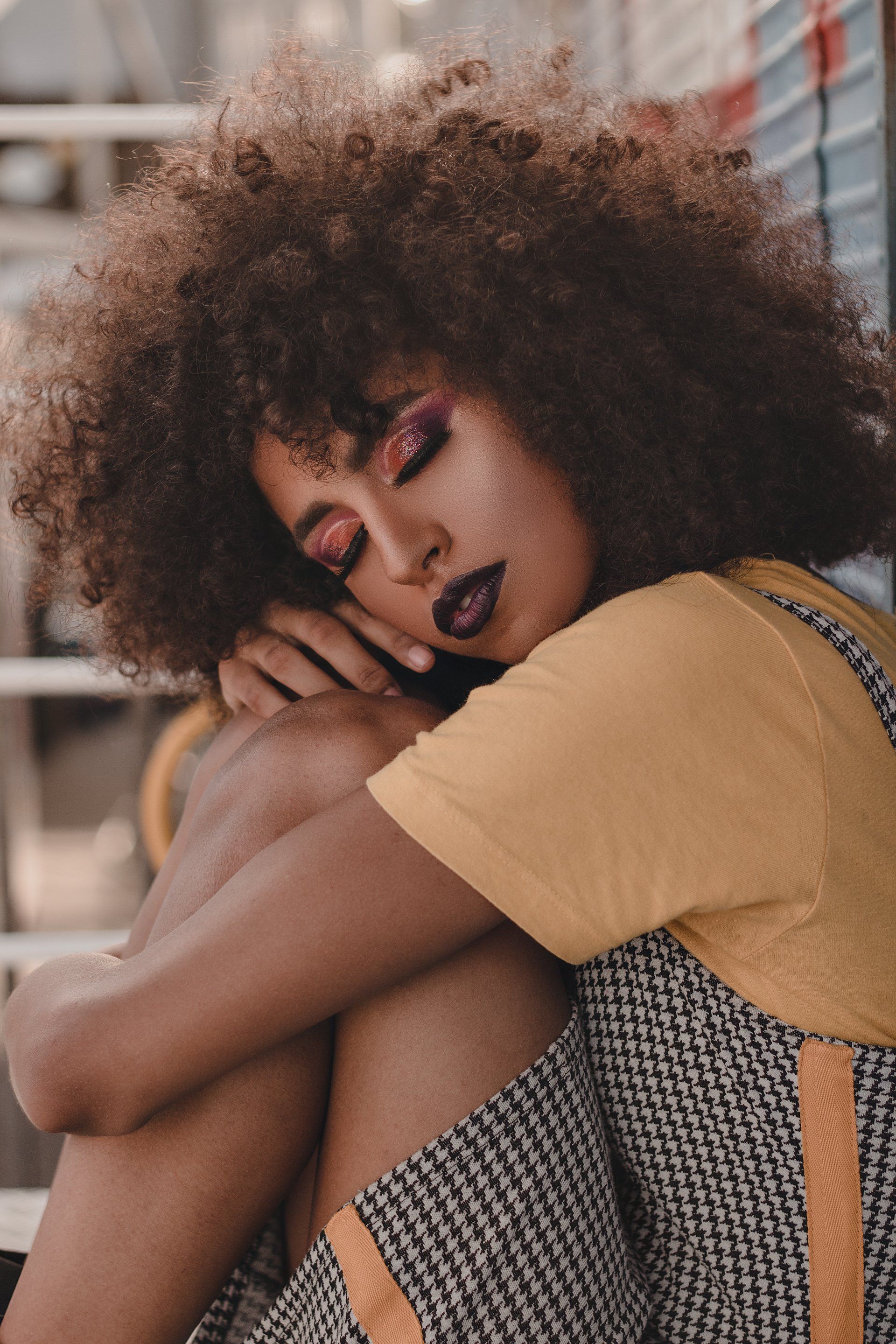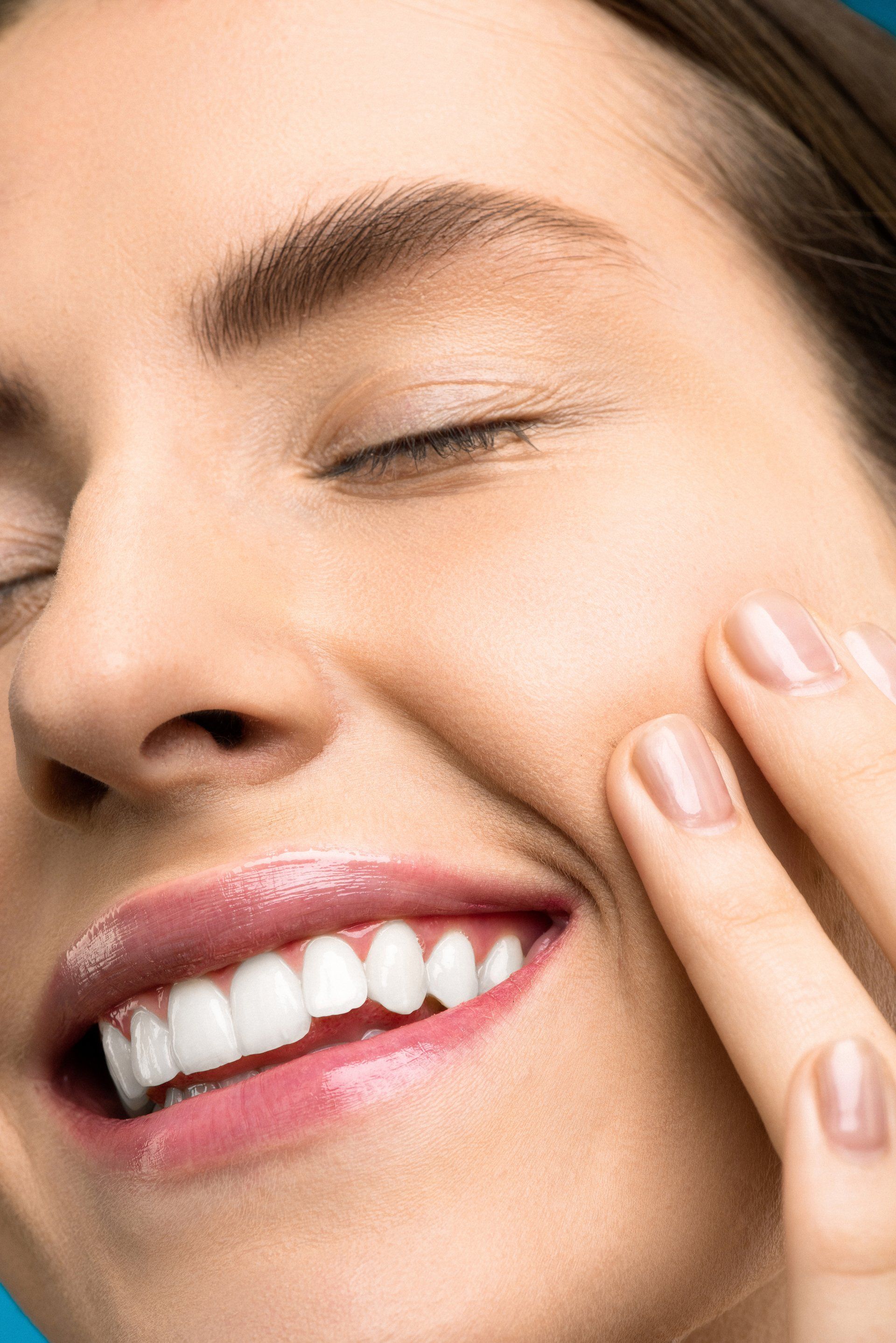8 things you need in your skincare routine
Whether you’ve already been to us to help you with your skin issues or you’re preparing for your consultation, there are plenty of ways you can improve your skincare routine and make sure you’re looking your best.
Everyone’s skin is different, and so it’s wise to start with a base of knowledge about your skin – that way you can educate yourself about the products that are going to be the best for you. First to know is exactly what kind of skin you have to be able to treat it correctly. With this in mind, take a look at our quick guide to the various skin types.
Find out your skin type:
Wash your face thoroughly with warm water, cleanse and then pat dry. Leave your skin to sit fresh and clean for half an hour, then take a close look in the mirror – are your pores visible or not? Do you have spots or whiteheads? This will help you decide which skin type you have – but remember to do this every six months or so, as your skin responds to different factors such as hormones, the seasons, age, weather and diet.
Dry Skin
Dry skin is often lacks shine, especially around the eyes, which makes fine lines and wrinkles more prominents. You’ll barely be able to see your pores, which sounds good, but your skin will often feel tight and might be prone to chapping. As such, there’s a higher probability of issues like dermatitis or eczema. This is due to a lack of moisture in what’s called the ‘corneous layer’, and so the low levels of sebum make your pores less clear to the eye. This lack of moisture is also why your skin feels tight – there’s not as much natural elasticity as with other skin types.
Normal skin
The holy grail of skin: no obvious pores, issues, flaky bits, oily parts or blemishes. Correct levels of moisture, keratin and sebum leaves you with an ideal, perfectly balanced complexion.
Combination skin
As the name suggests, this is when you have a mixture of oily and dry skin – oily skin on you T-zone – the forehead and nose – meaning larger, more obvious pores, and smaller-pored, slightly more flaky, drier skin on your cheeks. Although it’s something of an investment, it pays do use the appropriate product on each area: Save your thicker creams for your cheeks for maximum hydration and get your clay masks out to help reduce your pores and combat excess sebum on your T-zone.
Oily skin
This generally shows up with large, open pores and skin that is greasy and shiny, with the oil production playing havoc with your makeup. You may also suffer with acne and spots, as well as black or whiteheads. You might also notice that your skin becom es oilier during hormone changes, like when you get your period or if you’re pregnant. This happens because your body produces more sebum – a natural oil – during these times, and it sits on your skin’s surface resulting in blocked pores and a greasy appearance. The larger pores are caused by the follicles expanding during this excess of sebum. Despite a touch of grease, it’s thought that oily skin is less prone to aging.
Acne-prone skin
This is what you don’t want – lots of excess oil, with plenty of blemishes, blackheads, spots and so on, dotted in patches around your faces. This is usually caused by overproduction of sebum and dead skin cells blocking hair follicles and skin pores, which inflames them, giving them an angry red appearance.
Aging skin
Here, the epidermis of the skin is thinning, which often makes the skin look pale, papery and translucent. The accompanying loss of moisture and elasticity from the lower sebum production also means that skin can also appear saggy, especially around the eyes and neck. You might also have more dark pigmentation due to lifestyle factors.
Now you know your skin type (and remember, it tends to change ), you can work towards getting the best for your skin by meeting its specific needs. In another post, we’ll be suggesting kinds of moisturisers, cleansers and toners to match your skin type.
Facial Massages: the easy win in your skincare routine
These are an ideal way to improve your facial skin, boosting circulation, lymphatic drainage and getting rid of morning puffiness.
Technique is everything here, and the right movements can help you tighten your facial muscles and sculpt your cheekbones – if you do it every morning, you’ll soon be looking more youthful and rejuvenated. and c) to sculpt and tighten our facial muscles.
The main direction of the message is from the chin upwards to your temples, helping stimulate blood flow and the benefits this brings, such as stimulating lymphatic draining and providing your facial muscles with more oxygen to help recovery. It can even help with facial contouring!
Sunscreen: You know what I’m going to say
If there’s one thing we have heard over and over again, it’s the importance of using sunscreen on a daily basis to help protect your skin from sun damage. We think that 90% of skin aging is in your control and is directly linked to sun exposure. So even on cloudy, winter days, it’s not difficult to protect your skin with a 5-star UVA rated sunscreen with SPF 30. Just apply sunscreen with your makeup every day, and your skin will thank you for it.
Adapt your skincare routine to the seasons
The weather is another external factor that can wreak havoc on your skin. The combination of low temperatures outside and increased indoor heating in the winter can really dry out your skin. The summer brings its own issues with humidity, sun exposure, and rising temperatures, which can cause oily skin, dark spots, and even sun damage. It’s key to adapt your skincare routine to the changing temperatures with different products and ingredients. We’ll be posting more information on this soon!
Feed and water your skin
Even a top-notch skincare routine can’t help your skin if your diet isn’t up the task. Gut health is key to glowing skin, so read up on the best health-giving foods out there to optimise your chances of looking great. Equally important to remember are the foods and drinks you need to avoid to keep your skin in top condition (hint: sugar and alcohol aren’t ideal!)
A tip for a top-notch skincare routine is plenty of water. Hydrated skin looks plumper and less sallow – the 2-litre rule is well-known, but the most important thing is to listen to your body and make sure that you are as hydrated as you need to be.
Hydration 101
Following on from the previous tip – hydration is a basic when it comes to your skincare routine, regardless of whether you have dry or oily skin. In the latter case, if you’re not hydrated, your body will produce more sebum to compensate for the dryness. Moisturise morning and night, and think about using a nighttime serum to keep the hydration going. For best results, look for hyaluronic acid, glycerin, peptides, and ceramides.
No touching your spots!
You know you shouldn’t be doing that, so don’t! You’ll likely cause scars and also spread the bacteria elsewhere on your face. The problem is that the complex layers of skin make it difficult to ensure that you’ve sanitised the area properly and it’s common to aggravate the problem, so really try to avoid it – your skin will thank you for it.
Remember – Skin needs to sleep too
As with the rest of your body, sleep is the time for your metabolism to get its reparation game going, replenishing cells everywhere, and your skin is no exception – it’s called ‘beauty sleep’ for a reason! Whether it’s a solid eight hours or a more luxurious ten, getting enough sleep so your body and skin can repair itself is key. A nighttime skincare routine can help you disconnect from screens and prepare yourself for a quality rest. Sleep hygiene is really important, and ensuring you wake up fresh with great skin is a great motivator!
A fantastic skincare routine might need a little more
If you’ve got a special occasion that you just need to look your best for, take a look at our laser facials – they’re just the thing to top you up and make sure you’re looking absolutely immaculate, and give you the confidence you need for your big moment!
